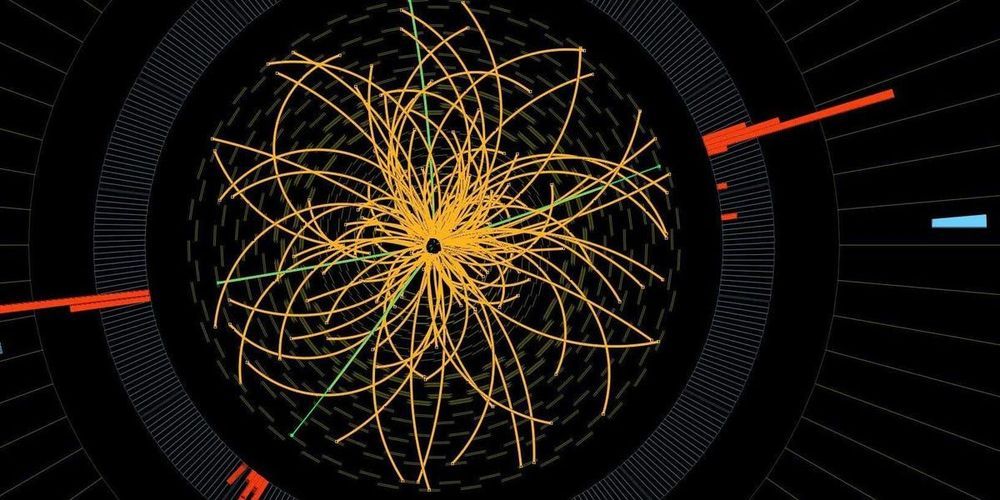Physicists will try to observe quantum properties of superposition—existing in two states at once—on a larger object than ever before.
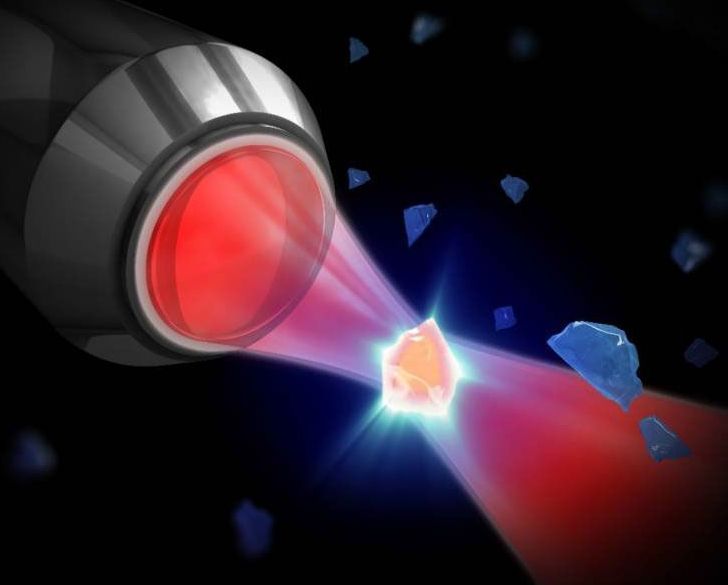

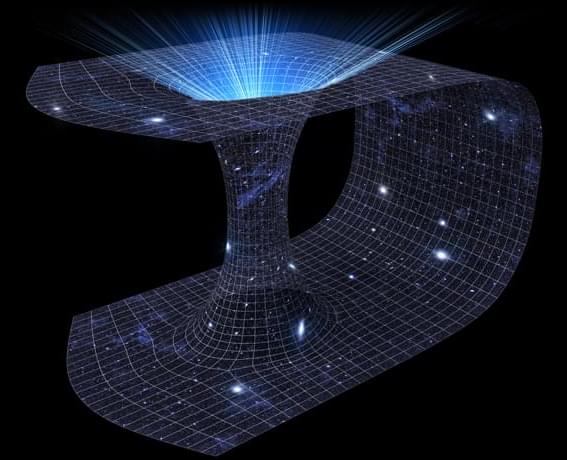
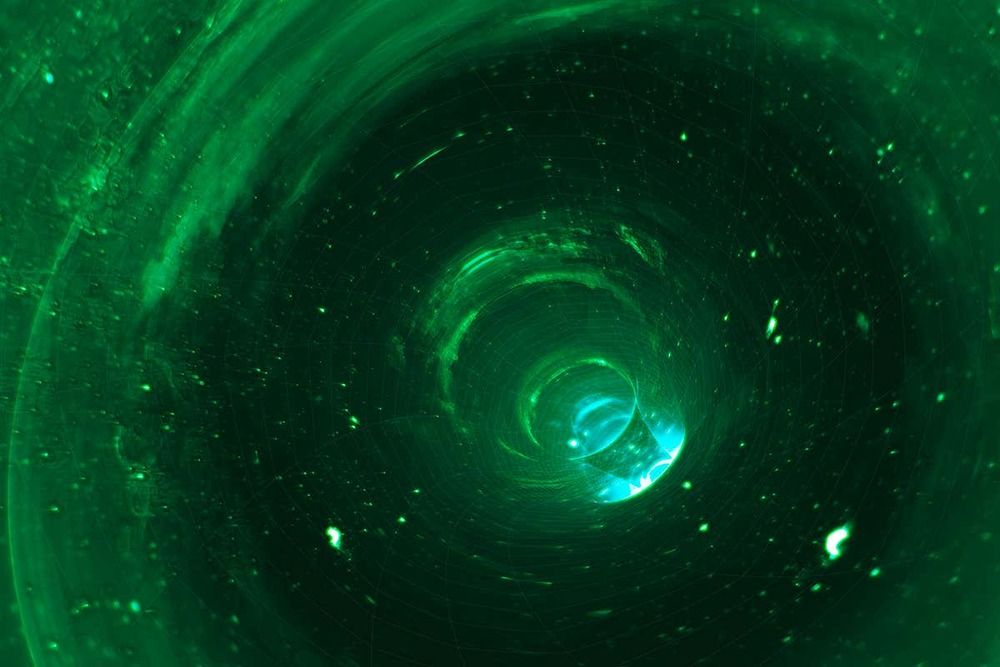

Overall, India’s science ministry, which oversees the department of science and technology; biotechnology; and scientific and industrial research, received 144 billion rupees in the 2020–21 budget, a 10.8% increase over promised funds in the 2019–20 budget.
Latest budget includes more than a billion dollars in funding for quantum computing, communications and cryptography.
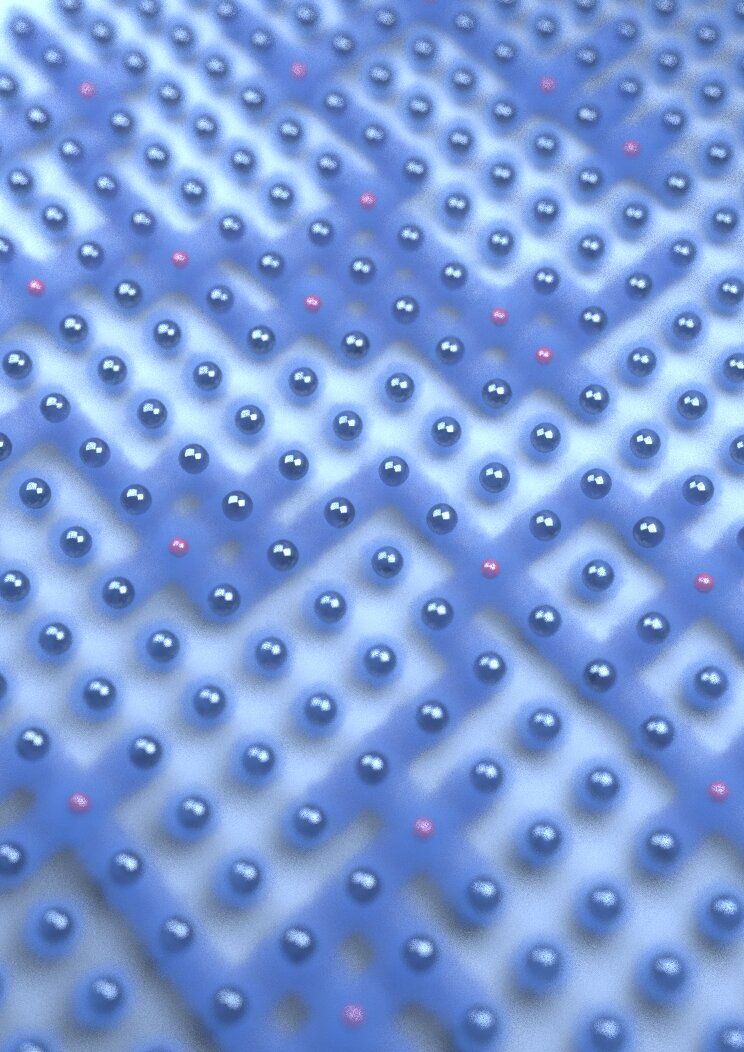
Most modern electronic devices rely on tiny, finely-tuned electrical currents to process and store information. These currents dictate how fast our computers run, how regularly our pacemakers tick and how securely our money is stored in the bank.
In a study published in Nature Physics, researchers at the University of British Columbia have demonstrated an entirely new way to precisely control such electrical currents by leveraging the interaction between an electron’s spin (which is the quantum magnetic field it inherently carries) and its orbital rotation around the nucleus.
“We have found a new way to switch the electrical conduction in materials from on to off,” said lead author Berend Zwartsenberg, a Ph.D. student at UBC’s Stewart Blusson Quantum Matter Institute (SBQMI). “Not only does this exciting result extend our understanding of how electrical conduction works, it will help us further explore known properties such as conductivity, magnetism and superconductivity, and discover new ones that could be important for quantum computing, data storage and energy applications.”
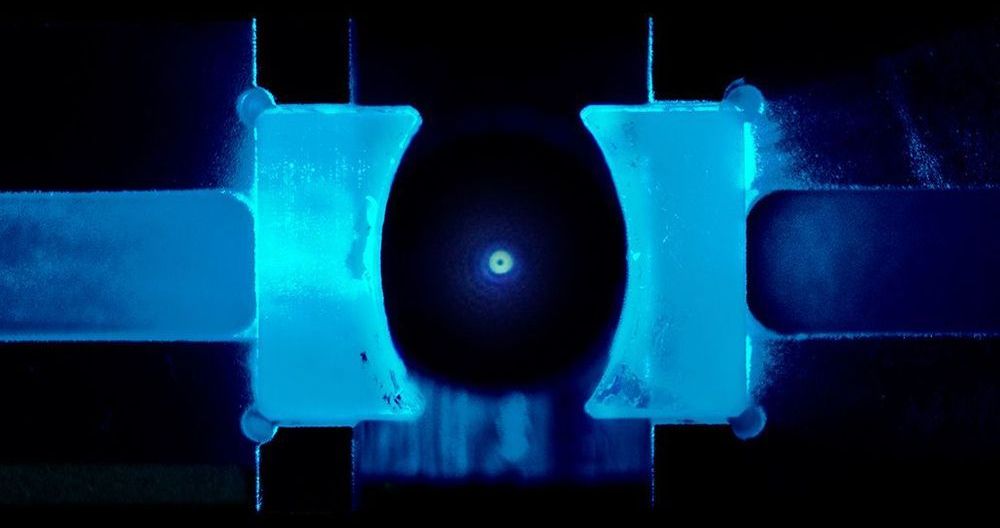
A tiny nanoparticle has been chilled to the max.
Physicists cooled a nanoparticle to the lowest temperature allowed by quantum mechanics. The particle’s motion reached what’s known as the ground state, or lowest possible energy level.
In a typical material, the amount that its atoms jostle around indicates its temperature. But in the case of the nanoparticle, scientists can define an effective temperature based on the motion of the entire nanoparticle, which is made up of about 100 million atoms. That temperature reached twelve-millionths of a kelvin, scientists report January 30 in Science.
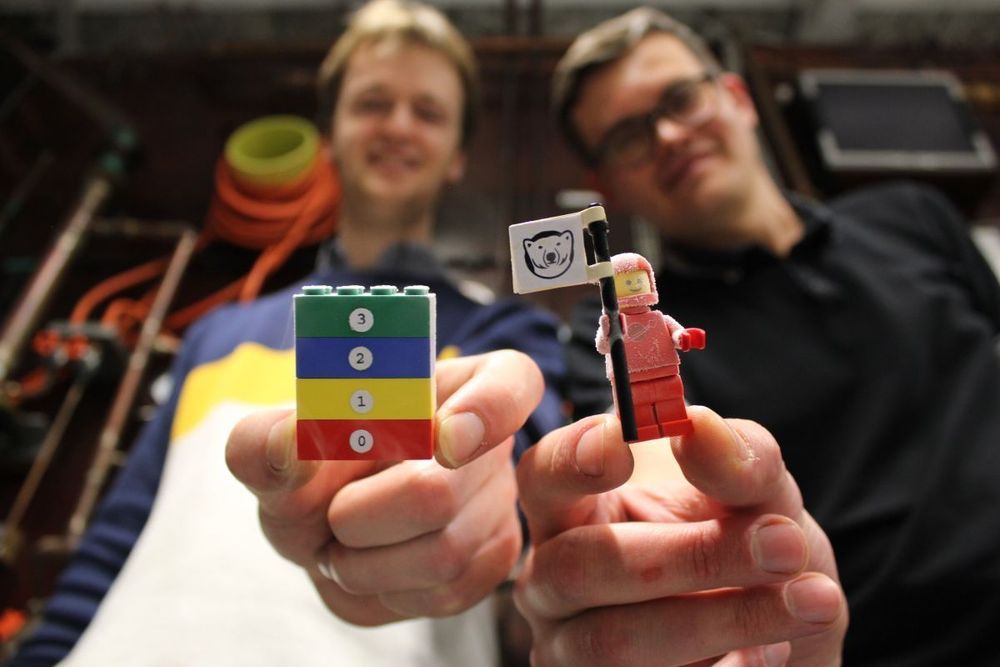

What is spacetime? How do physicists describe it? How does it relate to quantum gravity? Thomas Hartman passionately pursues these mysteries.
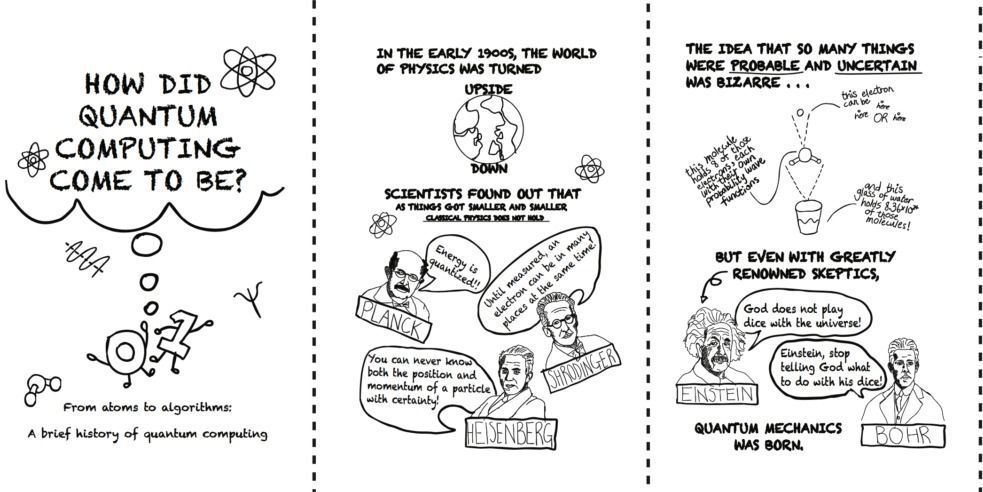
Still baffled by quantum computing? How about turning to comic books (graphic novels for the well-read among you) for some clarity and a little humor on QC. The National Science Foundation has done just as part of its EPiQC (Enabling Practical-scale Quantum Computing) program. So far eight Zines have been created with more to come.
Comic books offer approachable ways to convey both humor and information. One might think that comic books would not be able to convey complex information like the ideas behind QC. In this case, one would be wrong, at least for one as creative as the University of Chicago s Diana Franklin, as part of the National Science Foundation (NSF) funded EPIQC Expedition in Computing, wrote Mark Hill of the University of Wisconsin-Madison in a recent blog for Computing Community Consortium, run by NSF.
In particular, Diana and colleagues have developed eight, with more coming, zines that are comic-book-like pamphlets obtained by printing and folding a single sheet of paper. The topics include quantum notation, superposition, and history. In my humble opinion, these are great examples of the synergy possible with research and education done together. Enjoy! .
